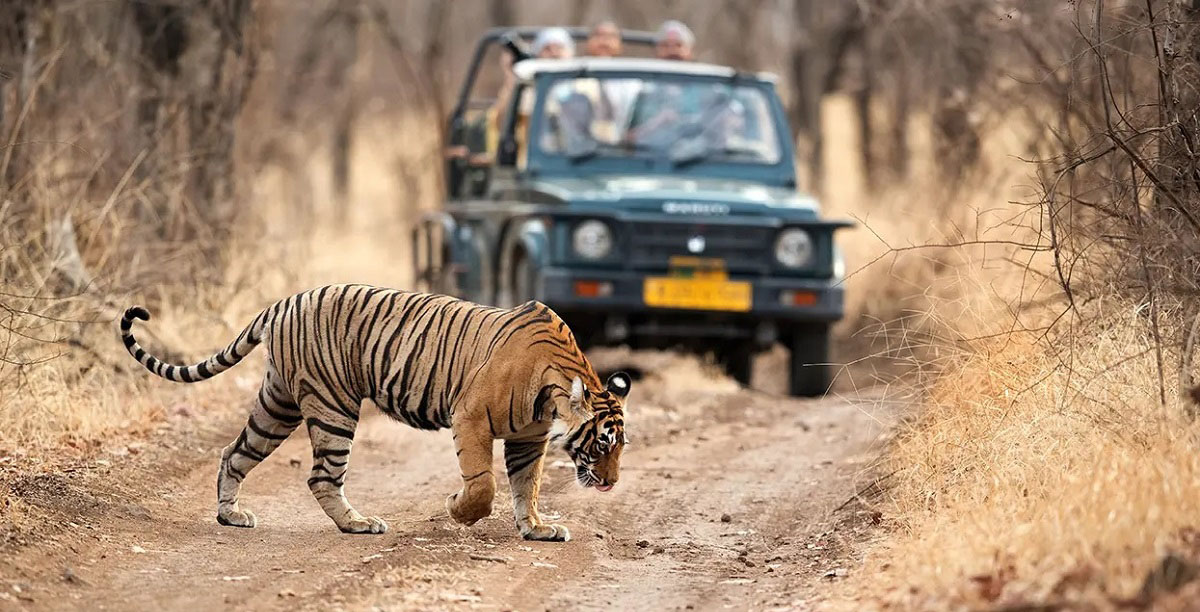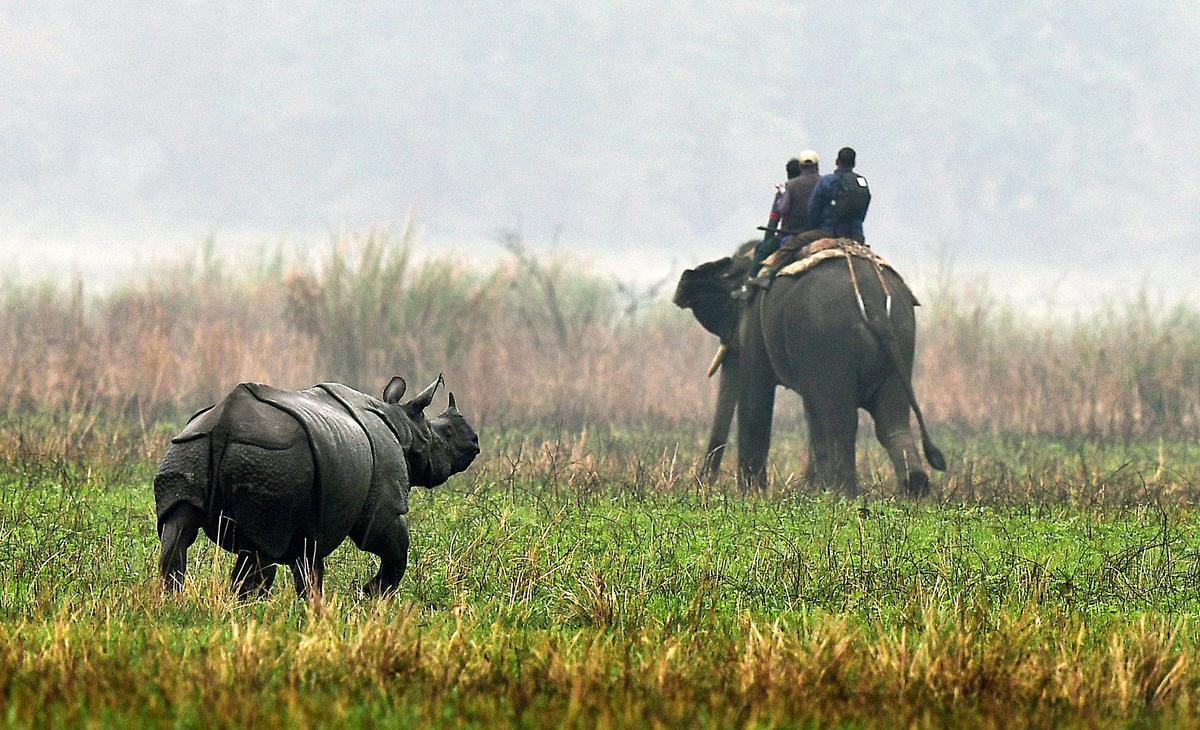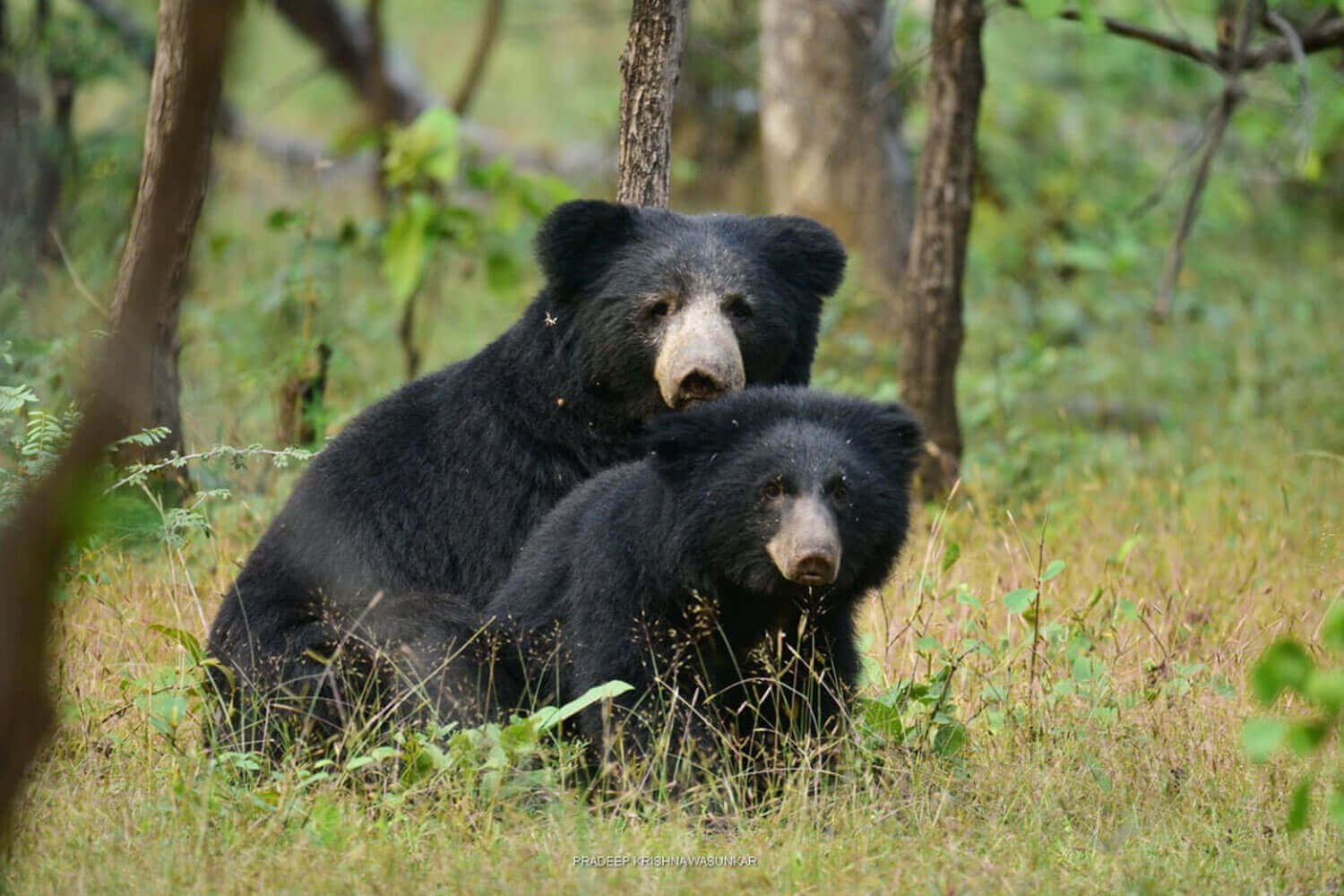India is an amazing place for wildlife photographers! It has so many different landscapes and lots of different kinds of animals. From the big mountains of the Himalayas to the thick forests of the Western Ghats, there are so many cool places to take awesome pictures of animals. Let's check out the top 5 wildlife photography destinations in India that will give you not only incredible photos but also unforgettable experiences!
Jim Corbett National Park, Uttarakhand
Nestled in the foothills of the Himalayas, Jim Corbett National Park is a must-visit destination for wildlife photographers looking to experience the thrill of capturing nature’s wonders. This is where you can encounter the majestic Bengal tiger in its natural habitat, making it a prime location for Jim Corbett safari booking for wildlife photography. Beyond tigers, the park boasts a diverse range of wildlife, including leopards, elephants, and over 600 bird species. The picturesque landscapes, including the Ramganga River, provide excellent settings for capturing nature’s beauty.
Ranthambore National Park, Rajasthan
Ranthambore, with its historic Ranthambore Fort as a backdrop, is a captivating destination for wildlife photography, especially for enthusiasts looking for a thrilling “Ranthambore Photography Tour.” Known for its thriving tiger population, the park offers incredible opportunities to photograph these magnificent big cats. Apart from tigers, you can capture images of leopards, sloth bears, and a variety of bird species amidst ancient ruins and stunning landscapes. Whether you’re a seasoned photographer or just starting your photography journey, Ranthambore promises unforgettable moments for your Ranthambore Photography Tour.
Kaziranga National Park, Assam
In the northeastern state of Assam, Kaziranga National Park is a UNESCO World Heritage Site and a haven for wildlife photographers. Whether you’re on a Kaziranga Photography Tour or simply exploring the park independently, here, you can focus your lens on the one-horned Indian rhinoceros, whose population has been successfully conserved. The park’s unique wetland ecosystem is also home to wild elephants, water buffaloes, and birdlife, making it a wildlife photographer’s dream.
Bandhavgarh National Park, Madhya Pradesh
For those seeking close encounters with the elusive Bengal tiger, Bandhavgarh National Park in Madhya Pradesh is an excellent choice. It boasts the highest density of tigers in India, making it highly likely that you’ll capture these incredible creatures in various moods and settings. The rugged terrain and dense forests offer a compelling backdrop for your wildlife photography.
Suggested Package: Bandhavgarh National Park Safari Booking

Sundarbans National Park, West Bengal
Sundarbans National Park, a unique mangrove forest, offers a different kind of wildlife photography experience. This UNESCO World Heritage Site is home to the elusive Bengal tiger, saltwater crocodile, and various bird species adapted to the brackish water ecosystem. Navigating the intricate network of waterways in the park allows you to capture the raw, untamed beauty of the Sundarbans.
Tips for Wildlife Photography in India
Patience is Key: Wildlife photography often requires long hours of waiting for the perfect shot. Be patient and observant.
Respect Wildlife: Always prioritize the well-being of the animals. Maintain a safe distance and never disturb them for the sake of a photograph.
Pack Proper Gear: Invest in quality camera gear, including telephoto lenses and a sturdy tripod, to capture distant or low-light shots effectively.
Study Animal Behavior: Understanding the behavior of the animals you’re photographing can help you anticipate their movements and get better shots.
Be Prepared: India’s national parks often have limited facilities, so come prepared with essentials like water, insect repellent, and weather-appropriate clothing.
Responsible Tourism: Choose eco-friendly lodges and safari operators that prioritize sustainable tourism and conservation.
India’s national parks offer a world of opportunities for wildlife photographers. Whether you’re an amateur enthusiast or a seasoned pro, these destinations promise not only breathtaking photographs but also a deep connection with the natural world. Capture the beauty, majesty, and vulnerability of India’s wildlife in these incredible settings, and your camera will tell stories that will last a lifetime.




Comments